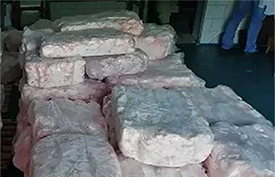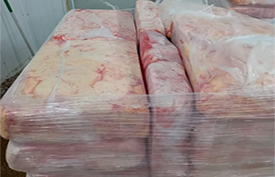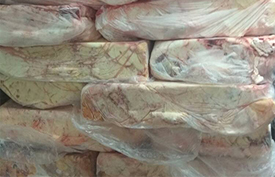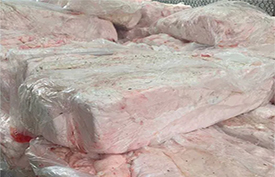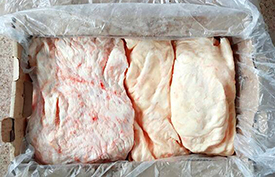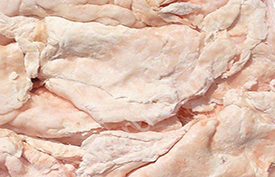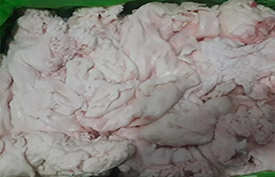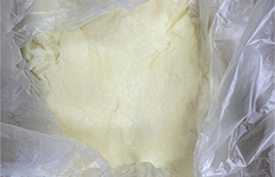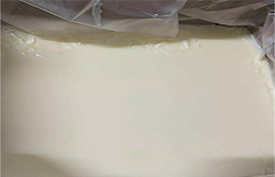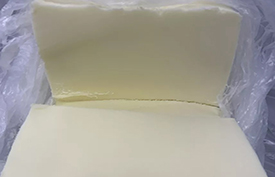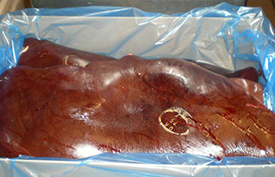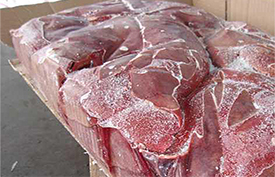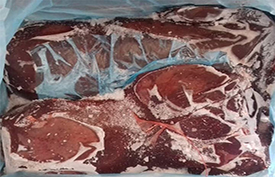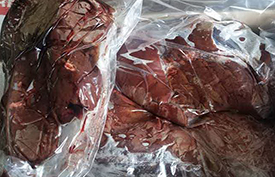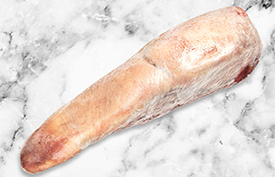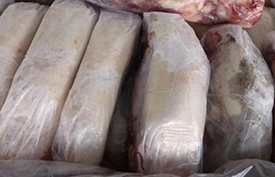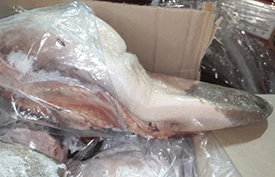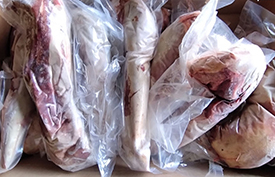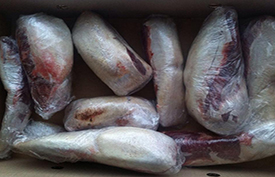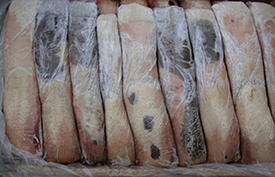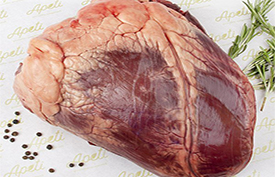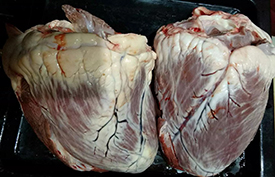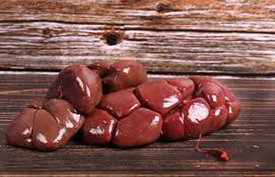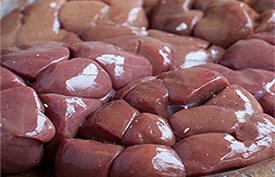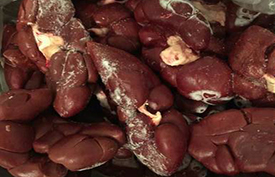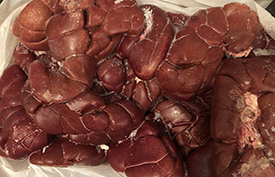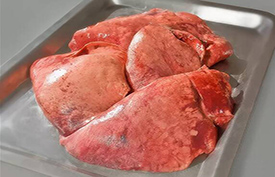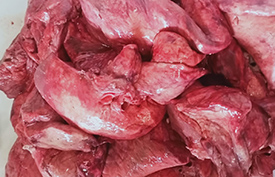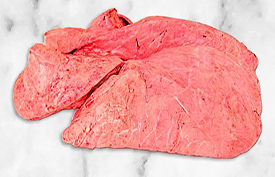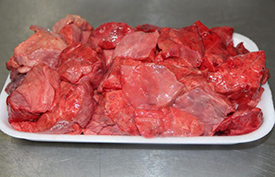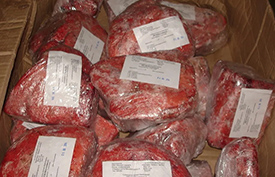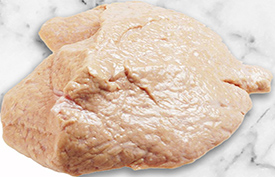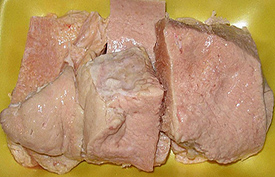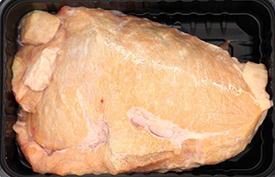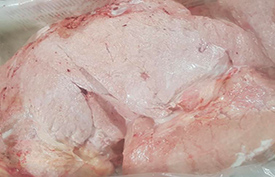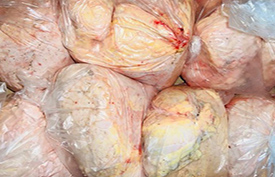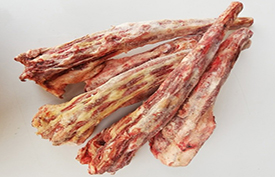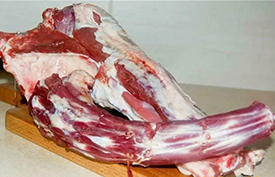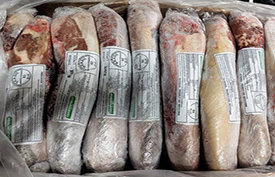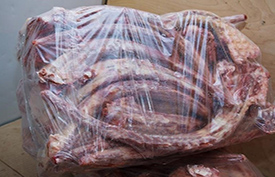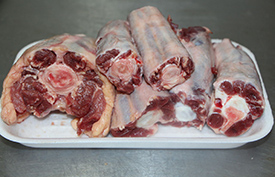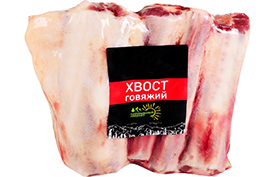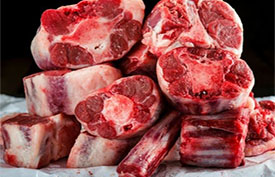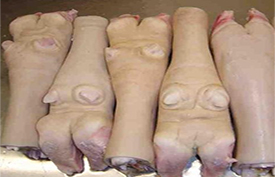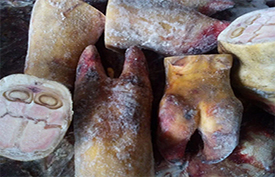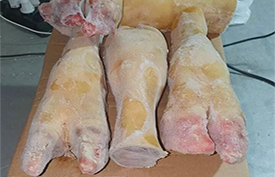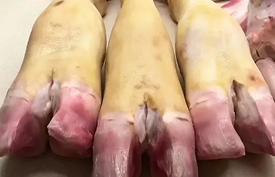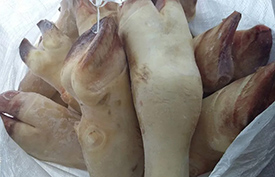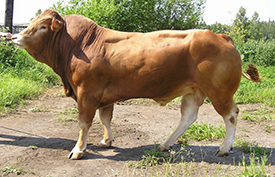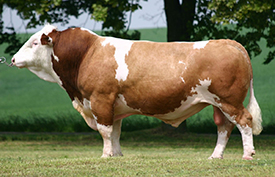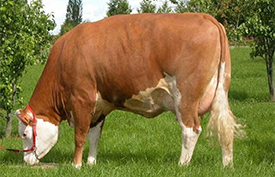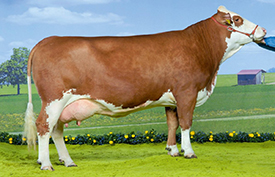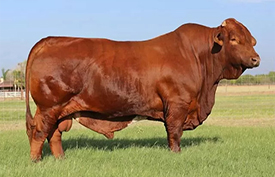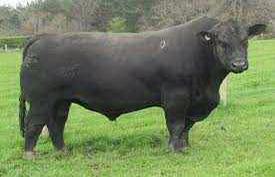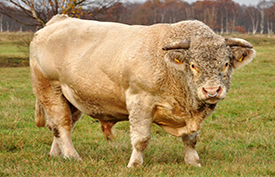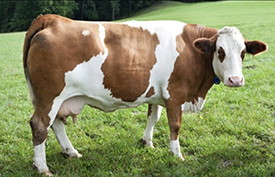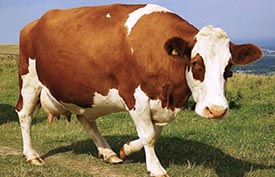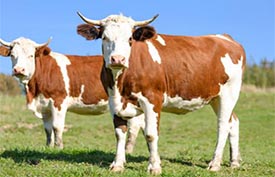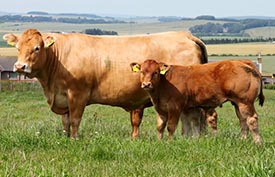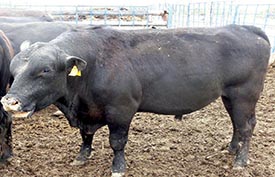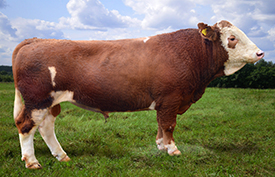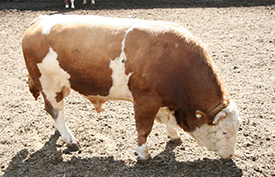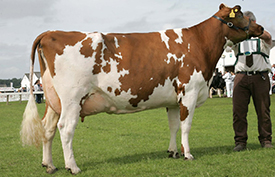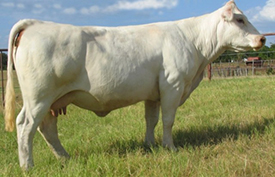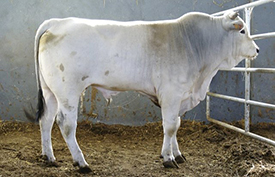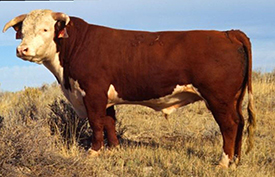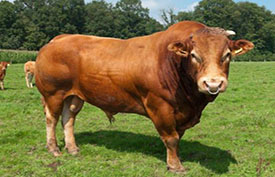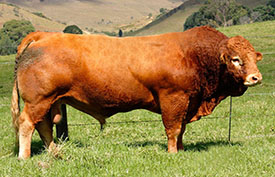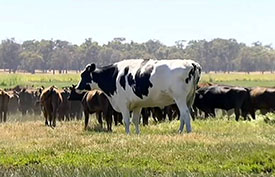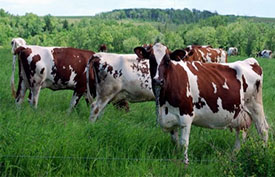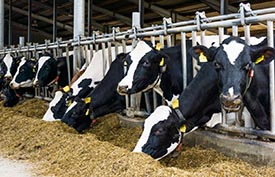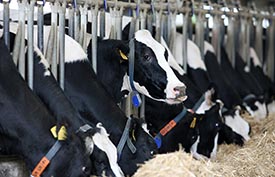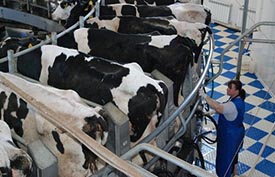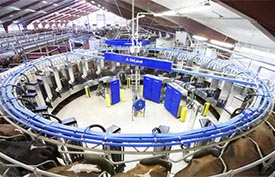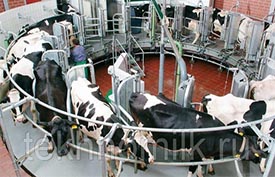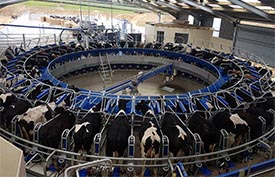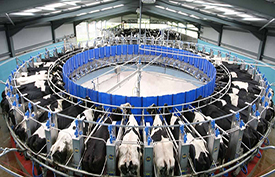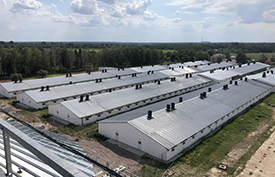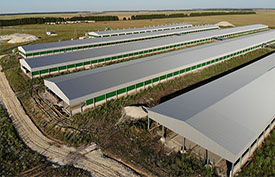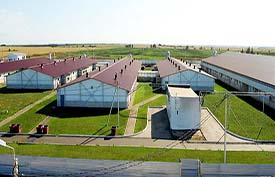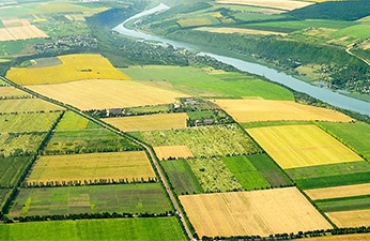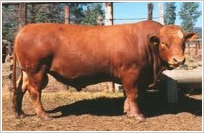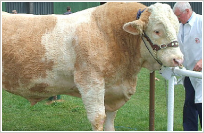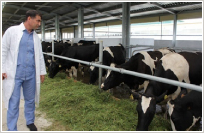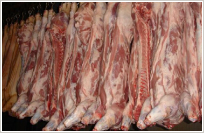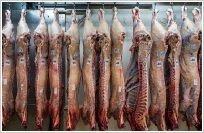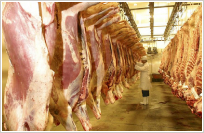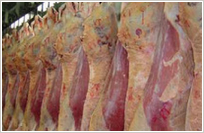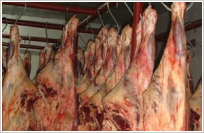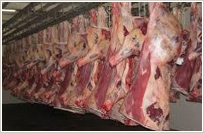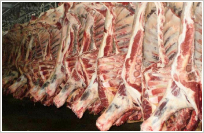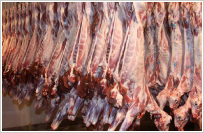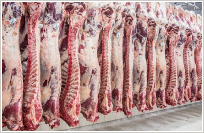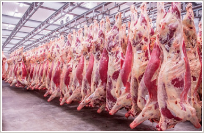Cattle - meat beef
- Agriculture
- Our Elevators
- Our Certificates
- Our Diplomas
- Organic certification
- European Certification
- Halal Certification
- Wheat - Wheat flour - Mills
- Buckwheat - Buckwheat flour
- Linen Seeds
- Corn – Сorn flour
- Oats – Oat flour
- Rye – Rye flour
- Barley – Barley flour
- Sunflower seed
- Chickpeas, Peas – Pea flour
- Beans
- Soybean seeds
- Pumpkin seeds
- Rape seeds
- Sugar beet pulp
- Beer pellets
- Meal for animal feed
- Production plant L-lysine, Gluten, Alcohol, DDGS, CO2
- Sugar Factory
- Oil Extraction Factory
- Rice Processing Plant
- Milk Powder Production Plant
- Meat Processing Plants
- Fruit Storages
- Bioproducts Plant
- Malt plant
- Cheese production plant
- Aquaculture feed production plant
- Cold Storage and Meat Processing Plants
- Cattle - meat beef
- Pig breed - Pork meat
- Sheep breeds - lamb meat
- Poultry meat
- Chicken egg
- Quail
- African chicken, cisar hen
- Geese meat
- Our beegarden
- Honey
- Bee products
- Gardens
- Containers, packaging and calibration
- Factory for the production of juices and tomato paste.
- Quince
- Pear
- Peaches
- Plum
- Cherry
- Apples
- Apricot
- Berries
- Grape
- Figs
- Mulberry
- Nuts
- Almond
- Watermelon cultivation technology
- Melons
- Transportation
Cattle - meat beef
On the cattle farms of the Bitimpex Anstalt holding, all the rules of organic livestock farming are observed, this allows us to produce environmentally friendly products that are useful for all humanity. We do not use growth stimulants or chemicals and keep animals in close to natural conditions. All animals live in maximum comfort with access to free range and home-produced organic food. The correct daily routine, tasty and healthy organic feed, automatic scratchers (as know-how) and the warmth of every livestock breeder, which makes the inhabitants of our farms happy. Our holding has built spacious premises with access to free range especially for keeping animals.
When keeping animals indoors, compliance with animal hygiene standards is of great importance. We first of all make sure that animals are kept without crowding, that is, clusters near each other, and we control ventilation to maintain the health and well-being of the inhabitants of Bitimpex Anstalt farms. We take care of our clients and carefully monitor their health. Animals live under the constant supervision of veterinarians and livestock specialists. All animals are practically tame. They are accustomed to an affectionate attitude and are not at all afraid of people.
In December 2021, the Bitimpex Anstalt holding received the status of a breeding farm in three regions. Regarding the fourth region, documents have been submitted to obtain the same status. Only that farm, that production, which has a herd of highly productive animals, whose offspring are raised for breeding, can receive the status of a breeding farm. Production in the field of livestock breeding is based on the principles of increasing the efficiency of livestock farming and preserving the breed when breeding pedigree animals. For dairy breeds Holstein-Friesian, Jersey, Aberdeen-Angus, we carry out control milkings every month, and also carry out blood tests for immunogenetics.
For beef cattle Hereford, Angus, Simmental and young animals - Angus, Holstein, Holstein-Friesian breeds, we carry out blood tests only.
We would especially like to dwell on who lives on our farms, on each breed separately.
Hereford breed. Animals of the Hereford breed have a squat posture, a wide body, and well-muscled shoulders. The back part stands out, the color of the animal is red, motley, one might say, with a white front part of the head, dewlap, lower abdomen, and torso.
In December 21, the Bitimpex Anstalt holding received the status of a breeding reproducer for breeding Hereford cattle.
Aberdeen Angus, this is a breed we brought from Scotland. This is a meat breed, its individuals reach up to 1000 kg in weight, cows - 500, 600, 800 kg, bulls - from 800 to 1000 kg. A breed for meat and dairy production, it is also known as Black Angus. The birthplace of this breed, as I already said, is the county of Aberdeen and Angus, in the northeast of Scotland.
Representatives of this breed are distinguished by the absence of horns, this is their main difference. The main color of the suit is black.
In December 2021, we received breeding farm status in one of the regions where we keep the English Aberdeen Angus breed.
As I already said, this status can only be obtained by those farms that have a herd of highly productive animals, whose offspring are raised for breeding.
Holstein-FriesianThe breed is considered the best in terms of productivity, but it is quite finicky in its content, capricious in many respects. We strive to ensure that cows avoid stress, for example, a robotic milking system made in France is installed in the barn. The system allows you to automate the milking process. This is healthier for the animal. At first it was difficult for them to adapt to this, but later everything returned to normal. Animals are happy to go to milking, to empty their udders of milk. The breed reaches from 400 to 600 kg. Young animals go to slaughter within a year, a maximum of one and a half. Good productivity.
Jerseybreed. This is one of the few such breeds that produce the least amount of milk. Fewer than all the breeds we have. But the fat content of this milk is significantly higher than most other breeds. Ideally, the fat content is 6%, so milk from Jersey breeds is often used to make butter and cheese. We donate all this to dairies.
In 2021, the Bitimpex Anstalt holding also received the status of a breeding farm for breeding the Jersey breed. Well, as I already said, only a farm that has a herd of highly productive animals, whose offspring are raised for breeding, can receive the status of a breeding farm.
Simmentalbreed. Also found on our farms. This meat and dairy breed was bred in Switzerland. The color of the animals is predominantly red and white, motley. Cows of this breed are distinguished by excellent health and are not picky about climatic conditions. They are distinguished by the correct construction of the udder and body constitution. Cows produce large quantities of milk, which is high in fat and protein. We are very pleased with this breed of cows.
Another of our regions received the status of a breeding farm for the Simmental breed in December 21.
Once again, I repeat that only those farms that have a herd of highly productive animals, whose offspring are raised for breeding, can receive the status of a breeding farm.
Holstein-SimmentalThe breed that we have on our farms is a strictly meat breed. Young animals kept for 12-18 months are sent to industrial slaughter. Individual milk from 400 to 450 kg. Gaining weight very well.
Shvitskayabreed, the latest variety of breeds on our farms located in four regions of the Russian Federation. This breed of cattle was developed in Switzerland. The homeland of cows is the canton of Schwyz located in the Alps. The mountain roots of the cow breed instilled in it adaptability to the environment and high endurance. These traits appeared because the Schwyz breed cow was often used as a draft force. It was this endurance that made it possible for this breed to spread throughout the planet. In the 19th century, it was already known in neighboring Italy and France, and Austria and Germany. German-speaking countries are still the leaders in the number of Schwyz cows. Shvitsi came to the Russian Empire at the turn of the 19th and 20th centuries. During the Soviet Union, it was used to improve local breeds; nowadays, purebred cows of the Schwyz breed are very, very rare in the CIS.
The characteristics of the Schwyz breed of cows combine features of both dairy and meat production. This is due to the fact that in the homeland of animals these traits were valued equally well. We are very happy with this breed.
Cows carcass halves & quarters. State Standard 779-2007
Beef meat is divided into:
Chilled - subjected after butchering chilling to a temperature in the thick muscles in bone from 0 to + 4C C; de-moisturized surface of the meat; elastic muscles;
Frozen - subjected to freezing temperatures in the thicker muscles near the bones are not higher than minus 8C C;
Subfrozen - exposed to subfreezing temperatures and having a femur to a depth of 1 cm minus 3 C minus 5C C and a thicker thigh 0 - plus 2C C. During storage the temperature of the entire volume to be a side minus 2 - minus 3C C.
By fatness beef meat is divided into:
Beef meat 1 (first) grade;
Beef meet 2 (second) grade.
The Beef meat is produced in the implementation of a longitudinal half-carcasses or quarters, without cutting (internal iliac lumbar muscles).
Marking, transportation and storage.
Marking of meat is produced in accordance with the rules of marking of meat, duly approved.
Categories of meat fatness represent:
Beef first grade - round stamp diameter 40 mm;
Beef second grade - square stamp by party size 40 mm;
Lean beaf - triangular stamp by parties size 455050 mm.
For beef from young animals I and II grades on the right of the mark of fatness should be the letter M 20 mm in height.
For beef bulls from I and II grades to the right of the mark of fatness must be a letter B 20 mm in height.
Quarters and meat mark in the chuck and the rear quarters of the femur on one stamp, the relevant grades of meat, and the right of themark put a stamp imprint letters PP height of 20 mm.
Frozen meat should be refrigerated at a temperature no higher than minus 8C C and relative humidity of 90-100%, with stacking on wooden lattices.
Veal meat. State Standard 16867-2013
By fatness veal meat is divided into first (milk) and second grades.
Veal-meat producing in carcasses or half carcasses as longitudinal, leaving the carcass cutting.
In veal-meat for local sale or industrial processing in the field of manufacture and storage company issue a certificate of quality or puts a stamp on the bill of lading.
Marking, transportation and storage
Marking of veal meat is produced in accordance with the rules of marking of meat, duly approved. Fatness grade of veal-meat denotes: first - round stamp of diameter 40 mm, the second - a square stamp with the face size of 40 mm, lean veal - a triangular stamp (the size of the parties 45x50x50 mm).
Stamp put on each scapular of the carcass. Furthermore, each mark put forward shank with the letter "T" 20 mm height.
When the shipment of veal-meat carcass or half-carcasses, each packaged in plastic wrap or bags of it. Each packing unit must be applied one or two carcass half-carcasses.
Transportation of meat is carried out all kinds of transport in accordance with the rules of transportation of perishable goods, operating in this type of transport.
More information and product specifications can be found in the Agriculture Catalogue.
|
|
|
|
|
|
|
|
|
|
|
|
|
|
|
|
|
|
|
|
|
|
|
|
|
|
|
|
|
|
|
|
|
|
|
|
|
|
|
|
|
|
|


